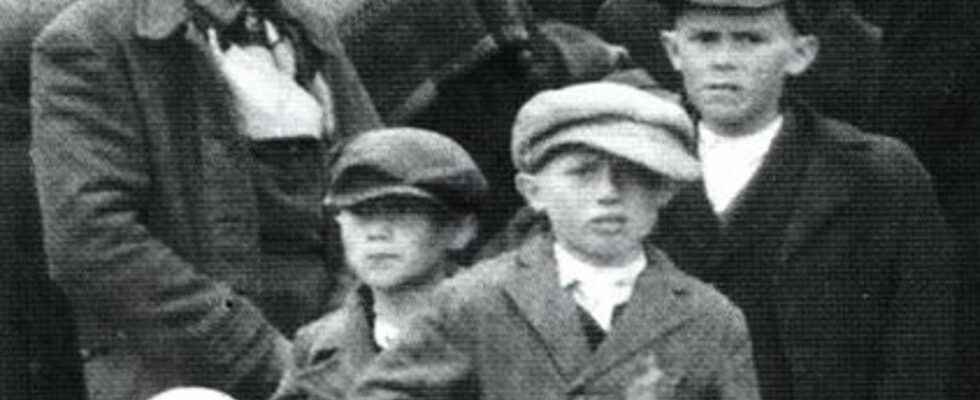An American engineer has voluntarily developed a powerful facial recognition system to identify anonymous victims of the death camps during the Second World War. Free, it is accessible to the public in the form of a site to find photos from this period and give names to faces.
You will also be interested
[EN VIDÉO] Humanity shares 70% of its facial expressions The approximately seven billion humans inhabiting the Earth would have another point in common. Finally, 16 common points. They would share 16 facial expressions in similar contexts.
Find photos of members of a family murdered by the nazis and giving them a name is the goal of the American engineer Daniel Patt. It was while visiting the Polin Museum on the history of the Warsaw ghetto that he had this idea. The walls of the museum were covered with photos of survivors and victims, but these faces were very rarely accompanied by their surnames. To succeed in putting a name to a face, he developed a platform called From Numbers to Names (N2N).
It is a system of facial recognition based on a powerful Artificial intelligence. The platform searches through all the digitized photos of pre-war Europe and the Holocaust in search of a face that is provided. The tool is content for the moment to display only the ten best matches that it can find in its database.
Find the period photo of a Holocaust victim
N2N has already been used by theUnited States Holocaust Memorial Museum (USHMM) to identify Holocaust victims among hundreds of thousands of photos. It has also been used to trace survivors and descendants of victims of the Holocaust. The engineer worked alone on this project, but he is now accompanied by a team of volunteer developers and researchers who come to increase the efficiency of his platform.
This is how 700,000 additional photos from this period are beingabsorption by the platform. For the moment 500,000 photos have been analyzed and these contain approximately two million faces. For an individual who wishes to use the tool, it is simply necessary to add a photo of the face of a victim on the site. Similar faces found in photos from the database are displayed. The software works best when searching when photos are from before the 1960s.
Interested in what you just read?
